Working with Professionals
Renovating
Renovation Insight: How to Choose & Work With a Cabinet Maker
Custom joinery allows you to tailor a space to suit your needs – here's how to choose the right firm for the job
Whether it’s a built-in bookshelf, a new kitchen or a study nook where the kids can get their homework done, well-designed custom joinery can help boost your home’s functionality while adding a streamlined look. We spoke to three cabinet makers on Houzz to find out how to select the right expert for the task.
Chris Ruffé, director at Bondi Kitchens & Joinery, says:
Often the best, most trusted place to start is a referral from a friend, acquaintance or family member who can give you real-life experience with the referred joinery company.
Other reliable places to look include endorsed websites such as Houzz, a cabinet maker’s digital presence, such as their website or social media with up-to-date posts or images of their work. Magazines are still also good places to look – these showcase new projects that generally indicate higher levels of quality.
Often the best, most trusted place to start is a referral from a friend, acquaintance or family member who can give you real-life experience with the referred joinery company.
Other reliable places to look include endorsed websites such as Houzz, a cabinet maker’s digital presence, such as their website or social media with up-to-date posts or images of their work. Magazines are still also good places to look – these showcase new projects that generally indicate higher levels of quality.
Andrew Jhavery, founder and managing director of Ark Joinery, says:
The best place to start is always word of mouth – it’s a trusted source and people won’t recommend someone unless they’re good.
But before you start your search for a cabinet maker, first align your project budget, complexity and level of expectations with the kind of company you should be on the lookout for. There’s no point in chasing champagne on a beer budget; if you want a check-in from your cabinet maker three times a day, you’ll probably find that level of service is going to cost a lot more.
The best place to start is always word of mouth – it’s a trusted source and people won’t recommend someone unless they’re good.
But before you start your search for a cabinet maker, first align your project budget, complexity and level of expectations with the kind of company you should be on the lookout for. There’s no point in chasing champagne on a beer budget; if you want a check-in from your cabinet maker three times a day, you’ll probably find that level of service is going to cost a lot more.
How important is it to look at examples of their previous work?
Wundersitz says:
Very important. The examples of previous work as displayed on a joiner’s website or their Houzz profile will give you an indication of the level of detailing and finishing that are regularly produced by that business.
However, often when viewing a company’s website, it is not clear if the work has been designed by the actual cabinet-making business or by an external supplier, such as a kitchen designer, interior designer or an architect, then built by the cabinet maker or joiner. If design is important to you, then this is something to bear in mind.
Wundersitz says:
Very important. The examples of previous work as displayed on a joiner’s website or their Houzz profile will give you an indication of the level of detailing and finishing that are regularly produced by that business.
However, often when viewing a company’s website, it is not clear if the work has been designed by the actual cabinet-making business or by an external supplier, such as a kitchen designer, interior designer or an architect, then built by the cabinet maker or joiner. If design is important to you, then this is something to bear in mind.
If you already have your joinery designed and are just looking for quotes, then this isn’t going to be as much of an issue. Having the same company design and make your cabinetry is likely to improve the process and ensure the design intent is realised. However, you may prefer to find a designer first whose work you resonate with, then source a cabinet maker to fulfil their vision.
Ruffé says:
Looking at examples of a cabinet maker’s work is really important – more so, their most recently completed works, because this indicates the standard they can produce at the current time.
Just make sure the images you are looking at are the company’s own work, not inspirational images.
Browse more images of beautiful marble kitchens by Australian designers
Looking at examples of a cabinet maker’s work is really important – more so, their most recently completed works, because this indicates the standard they can produce at the current time.
Just make sure the images you are looking at are the company’s own work, not inspirational images.
Browse more images of beautiful marble kitchens by Australian designers
Jhavery says:
Proof is a huge thing you should be looking for when you’re spending money on a big-ticket product such as joinery.
When reviewing a company’s images, look for proof they actually completed the work. For example, are there photos showing the company’s staff installing the work? Can they explain the details in the photos? Do they have client testimonials on camera saying they’re happy with the result?
Find their socials and go through their posts to see if it all makes sense and suits the style you’re after. And always trust your gut.
Proof is a huge thing you should be looking for when you’re spending money on a big-ticket product such as joinery.
When reviewing a company’s images, look for proof they actually completed the work. For example, are there photos showing the company’s staff installing the work? Can they explain the details in the photos? Do they have client testimonials on camera saying they’re happy with the result?
Find their socials and go through their posts to see if it all makes sense and suits the style you’re after. And always trust your gut.
How can you tell if a cabinet maker does quality work?
Wundersitz says:
Awards from industry associations such as the HIA (Housing Industry Association), ACFA (Australian Cabinet & Furniture Association) or KBDi (Kitchen and Bathroom Designers Institute), are all good indicators that a business cares about quality and that their work has been recognised by their peers.
Wundersitz says:
Awards from industry associations such as the HIA (Housing Industry Association), ACFA (Australian Cabinet & Furniture Association) or KBDi (Kitchen and Bathroom Designers Institute), are all good indicators that a business cares about quality and that their work has been recognised by their peers.
Practically speaking, looking at how cabinetry fits to walls, door alignment and the care taken in final adjustments (for example, how gaps are filled) is a good indicator of quality.
Referrals to a particular cabinet maker or evidence of repeat work, such as with a quality builder, are other good indications that the work is of a good standard.
If other industry suppliers – such as a tile supplier, stone supplier and trades – are recommending them, that’s also a good sign.
Referrals to a particular cabinet maker or evidence of repeat work, such as with a quality builder, are other good indications that the work is of a good standard.
If other industry suppliers – such as a tile supplier, stone supplier and trades – are recommending them, that’s also a good sign.
Ruffé says:
You can get an idea of whether they do quality work in a few different ways. First, understand their process – everything from the information in their quotation (such as the quality of materials, hardware, site measure, delivery and installation costs), to the design process. For example, do they provide ‘shop drawings’ (an industry term for detailed designs) for review and sign-off? Ask them to explain the sequence of events, the lead times and other small but important pieces.
Also assess whether industry standards have been adhered to in design details such as bench heights and wardrobe depths. Is the joinery built to last? Good joinery companies are very detail-orientated when it comes to form and function. Literally, it comes down to millimetre precision, logical thinking and ensuring that each layer of material marries or junctions smoothly.
You can get an idea of whether they do quality work in a few different ways. First, understand their process – everything from the information in their quotation (such as the quality of materials, hardware, site measure, delivery and installation costs), to the design process. For example, do they provide ‘shop drawings’ (an industry term for detailed designs) for review and sign-off? Ask them to explain the sequence of events, the lead times and other small but important pieces.
Also assess whether industry standards have been adhered to in design details such as bench heights and wardrobe depths. Is the joinery built to last? Good joinery companies are very detail-orientated when it comes to form and function. Literally, it comes down to millimetre precision, logical thinking and ensuring that each layer of material marries or junctions smoothly.
Jhavery says:
There are five main areas you should be assessing a company for, other than price. They are:
There are five main areas you should be assessing a company for, other than price. They are:
- Presence: If a company doesn’t have a website or any social proof, that is a red flag. If you’re going to spend AU$50,000 or AU$100,000 on joinery for your home, you want to make sure the company you’re working with has a solid online presence.
- Proof: There should be proper proof of the work a firm has done, not just photos of kitchens or cabinets on their website. For example, images of team members in their uniform with the company logo working on the joinery.
- Premises: I would urge anyone doing a large-scale joinery project – say, over AU$60,000 – to go unannounced to the firm’s factory to see how they operate. This will show you how the business operates on a daily basis. Some cabinet makers might not have their own factory, which is fine – as long as they are upfront about it.
- People: Does the company have its own staff? Are they full-time or do they have a couple of part-timers who come in here and there? Are the staff happy? This will give you an indication of what you’re going to get in terms of service and communication. It’s also important to understand the size of their team versus the scope of work that’s involved: if it’s a huge job and the firm doesn’t really have a team, that’s a red flag.
- Professionalism: If a firm doesn’t show up to quote or sends you a quote that isn’t itemised, doesn’t follow up on your calls or emails, or don’t wear a uniform, these are all small things that paint a much bigger picture for you.
Are there any telltale signs of poor-quality work to look for?
Ruffé says:
The first sign would be a quote with no information on it. This leaves the client unsure about what is and isn’t included in the price. Poor communication with the client is another bad sign.
When assessing the quality of the work, look for clues such as small gaps in the joinery or timber veneer that isn’t grain-matched.
Perhaps see if you can do a factory tour to see other projects being assembled. This will give you an insight into how the joinery is produced and detailed.
Wundersitz says:
Poorly finished joinery – think gaps, poor alignment or a lack of symmetry or balance in the design.
Ruffé says:
The first sign would be a quote with no information on it. This leaves the client unsure about what is and isn’t included in the price. Poor communication with the client is another bad sign.
When assessing the quality of the work, look for clues such as small gaps in the joinery or timber veneer that isn’t grain-matched.
Perhaps see if you can do a factory tour to see other projects being assembled. This will give you an insight into how the joinery is produced and detailed.
Wundersitz says:
Poorly finished joinery – think gaps, poor alignment or a lack of symmetry or balance in the design.
Jhavery says:
Reviews, both online and word of mouth, are important. You want to hear from other people about their experiences with said company. It’s okay for a firm to have a few negative comments or reviews – that’s normal in business and not everyone sees eye to eye. But you should be wary of how the company is dealing with all their customers and reviews, both positive and negative.
I would also be looking for a good gut feeling. Do you feel comfortable with this person and is there an element of trust? Or does it all sound too good to be true?
Reviews, both online and word of mouth, are important. You want to hear from other people about their experiences with said company. It’s okay for a firm to have a few negative comments or reviews – that’s normal in business and not everyone sees eye to eye. But you should be wary of how the company is dealing with all their customers and reviews, both positive and negative.
I would also be looking for a good gut feeling. Do you feel comfortable with this person and is there an element of trust? Or does it all sound too good to be true?
What are the most important things to cover in your first meeting or call?
Wundersitz says:
Wundersitz says:
- Clarify timings: Ask how long the design process normally takes. What is their current lead time (in other words, when can you expect your joinery)?
- Work out a realistic budget: Be upfront about what you have to spend, explain what you are after and be open to providing a rough budget. There is no point investing time with a company only to find out down the track that you cannot afford what you have asked for. Providing imagery will help your cabinet maker get a feel for the aesthetic you are after, and advise a ballpark cost.
- Ask who will be undertaking key parts of the project. For example, who will design your joinery? Who is the main point of contact? Does the business have in-house installers or is the work contracted out?
How is cabinetry costed?
Ruffé says:
All joinery companies work differently. For items of custom-made joinery, we itemise these per piece so the client can see where the costs weigh in.
Pricing is often weighted on size, complexity of the design (curves, junctions, Shaker or unique door profiles), special materials or finishes (for example, grain-matched timber veneer, special mesh inlays and metal work).
Ruffé says:
All joinery companies work differently. For items of custom-made joinery, we itemise these per piece so the client can see where the costs weigh in.
Pricing is often weighted on size, complexity of the design (curves, junctions, Shaker or unique door profiles), special materials or finishes (for example, grain-matched timber veneer, special mesh inlays and metal work).
What is the general process of working with a joiner?
Jhavery says:
Generally speaking, our sequence of steps will be:
Jhavery says:
Generally speaking, our sequence of steps will be:
- An initial discovery call: This is to get an overview of the project and see if we are the right fit for the client.
- A 60-minute design consultation either on-site or online: During this time, we will go through the design, the drawings if there are any, take measurements and start creating a framework for the design and estimate phase.
- Initial design and estimate: We draw up the project estimate along with multiple finished photo renders for one main space, such as a kitchen or a main area of joinery, plus provide a scope of materials and the estimated project cost. If the client is happy with the estimate, we organise a deposit for the project and move forward into the design finalisation stage.
- Design finalisation: We finalise all aspects of the design, materials, any changes, ideas and potential issues with our entire team (including design, production and installation).
- Production: Once everything has been agreed upon, we commence production, building everything at our factory and checking everything is correct before sending to the site.
- Installation: Joinery is installed.
Your turn
Did you find this story useful? Comment below and join the conversation.
More
Want to know how to choose a kitchen designer? Check out this Renovation Insight: How to Choose a Kitchen Designer
Did you find this story useful? Comment below and join the conversation.
More
Want to know how to choose a kitchen designer? Check out this Renovation Insight: How to Choose a Kitchen Designer










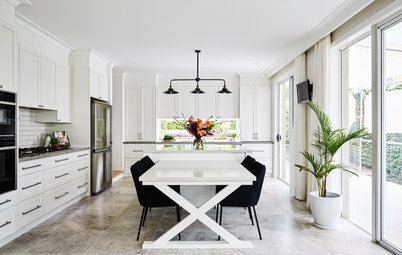
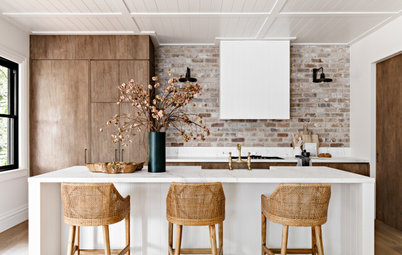
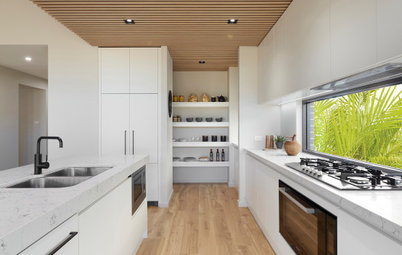
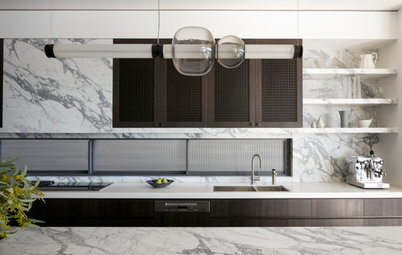
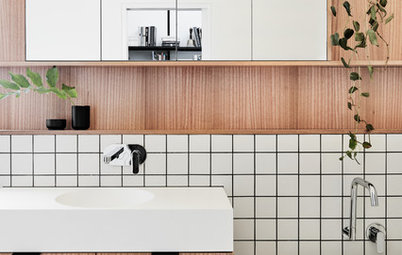
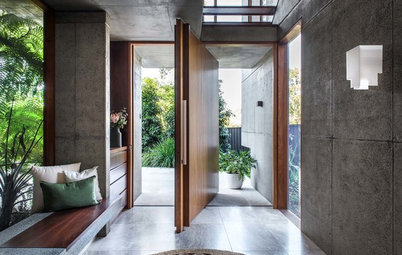

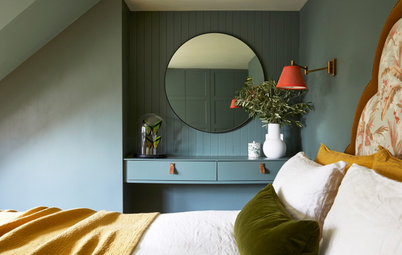
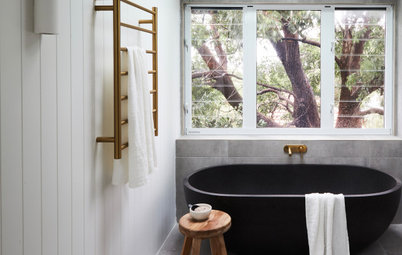
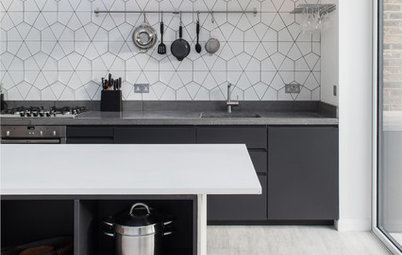
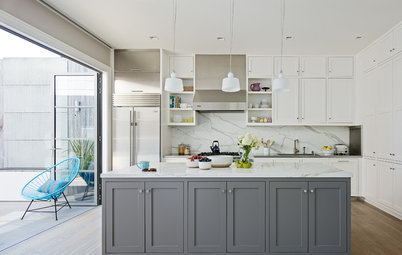
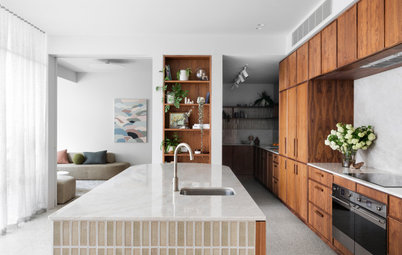
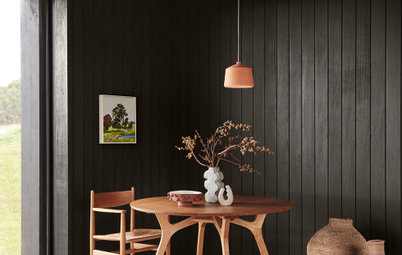
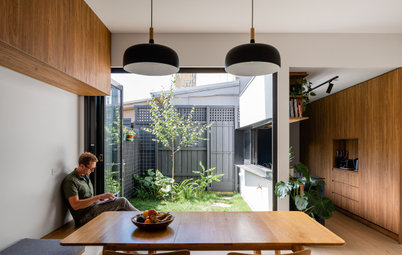
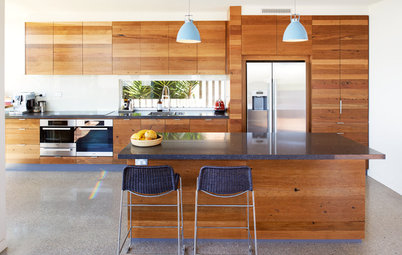


Ellen Wundersitz, managing director at Space Craft Joinery, says:
An online search will reveal a multitude of options, but will require some sifting through to see what each joinery or cabinet making company’s website reveals.
Houzz is a much simpler place to start since it is so visual and most businesses’ profiles also feature reviews from previous clients.
Start your search for a cabinet maker on Houzz